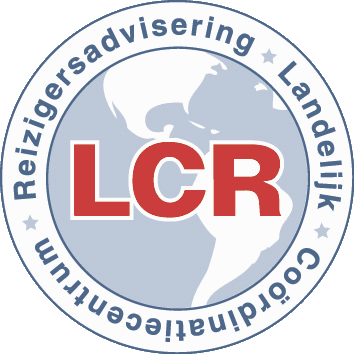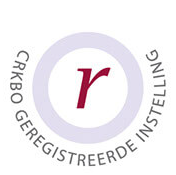You can find the new guidelines for prevention and management of avalanche and nonavalanche snow burial accidents in the latest edition of Wilderness & Environmental Medicine. Important recommendations on prevention, rescue and resuscitation are made.
The authors state that avalanche avoidance should be the main method to mitigate risk of injury and death. If an avalanche incident occurs, rescue by one’s companions, including appropriate resuscitation and advanced life support measures, are critically important to reduce avalanche morbidity and mortality.
Causes of death
The two main causes of avalanche deaths are:
- Asphyxia (75%) Asphyxiation during avalanche burial occurs by 3 primary mechanisms: physical blockage of the upper airway caused by inhaled snow, ice mask formation, and oxygen deprivation due to rebreathing expired air. Further, the weight and compaction of snow may limit chest expansion and impair ventilation, contributing to the asphyxia.
- Trauma (25%) Trauma is frequently caused by collisions with trees or rocks).
Prevention
Prevention of avalanche morbidity and mortality includes 4 components: avoiding being caught in an avalanche, avoiding burial if caught, minimizing trauma if caught (e.g. wearing a helmet), and avoiding asphyxia if buried (e.g. create an air pocket).
Rescue
Because an organized group takes longer to mobilize than the typical 30 minutes during which a victim will asphyxiate, the incidence of live recovery from an organized rescue response is low. Most successful rescues are performed by the victim’s partner or other bystanders, so bring the right equipment (beacon, probe, and shovel) and practice how to use it. Of note, local emergency services should be notified after an avalanche that requires additional rescue or medical assistance. However, notification should not delay the initial rescue response.
A systematic approach to avalanche rescue maximizes the efficiency and effectiveness. Important aspects of a rescue are:
- Immediate establishment of leadership.
- Constant reassessment of scene safety.
- Locating a buried victim by:
- Surface search
- Transceiver search
- Pinpoint search (probe search)
- Shoveling to extricate the found victim
Medical care
All victims who are extricated should be assessed for airway, breathing, and circulation according to local protocols. For resuscitation, the Avalanche Resuscitation Checklist from International Commission for Alpine Rescue can be used (see Figure below).

As said, the main causes of death in avalanche victims are asphyxia and trauma. Hypothermia causes few fatalities because death from asphyxia usually occurs before death from hypothermia. But in victims of avalanche burial who are extricated alive, hypothermia can complicate other conditions.
Read the whole article for all important recommendations and grading of supporting evidence.
Van Tilburg C, Grissom CK, Zafren K, McIntosh S, Radwin MI, Paal P, Haegeli P, Smith WW, Wheeler AR, Weber D, Tremper B, Brugger H. Wilderness Medical Society Practice Guidelines for Prevention and Management of Avalanche and Nonavalanche Snow Burial Accidents. Wilderness Environ Med. 2017 Mar;28(1):23-42. doi: 10.1016/j.wem.2016.10.004.




